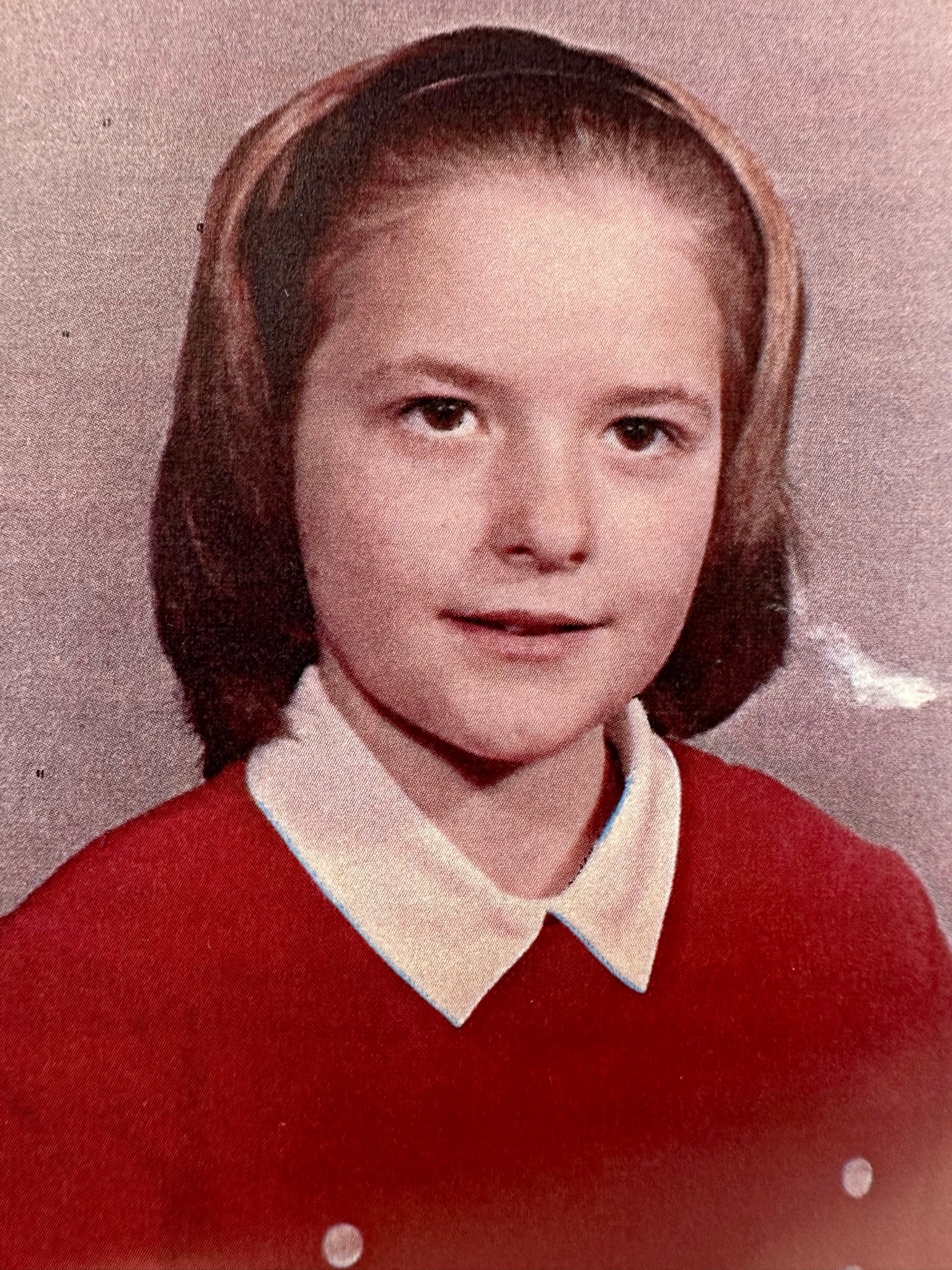The life and art of Sol LeWitt

Sol LeWitt in his Manhattan apartment in 1961.
Colby College Museum of Art in Waterville, Maine, has long been recognized for its important American art collection. However, of all the pieces on exhibit at last weekend’s opening of the new Alfond-Lunder Family Pavilion (“Maine Event,” Design New England July/August 2013), it was Sol LeWitt’s three-story wall drawing that stole the show. Enshrined in the glass-enclosed stairwell of the minimalist pavilion, which now serves as the main entrance to the museum, the monumental drawing is visible from afar, a beacon guiding campus visitors with its mesmerizing playful swirls of color that stand in contrast to the stark and serious architecture of the new wing.
Wall Drawing #559 is just one of many of the artist’s pieces that, six years after his death, continue to be installed in galleries and exhibits across the country. The work is on long-term loan from the Estate of Sol LeWitt, and it took eight mural installers two months to complete the 12-inch-wide alternating bands of yellow, blue, and red. A video posted on the Colby College Museum of Art webpage shows how the installers mapped out the bands and applied paint in multiple coats to bring LeWitt’s work to life in the space.

The bright colors and layers of Wall Drawing #1136 immediately grab the attention of viewers who visit the Scottish National Gallery of Modern Art in Edinburgh.
LeWitt was born in 1928 in Hartford, Connecticut, to a Jewish couple that had immigrated from Russia. At age six, his father died, leaving LeWitt to be raised by two women – his mother and aunt. Spending a lot of free time in his aunt’s grocery store, LeWitt took to drawing on wrapping paper at a young age. By 1949 he had received a bachelor of fine arts degree from Syracuse University. Two years later, he served in the Korean War. His time overseas did not impose on his creativity. During the war, he made his first commercial artwork in the form of posters for the Special Services. He also began buying artwork in Japan – the start of a large personal collection he would eventually accumulate. After leaving the armed services, LeWitt moved to New York City, where his career took off. Inspired by Eadweard Muybridge’s serial photography, LeWitt executed his first wall drawing, plainly named Wall Drawing #1, at Paula Cooper Gallery, and from there his love of two-dimensional work and conceptual art was launched and eventually numbered into the thousands!
LeWitt is known for his wall drawings but he also dabbled in construction art. His Seven Walls, a concrete block structure, is one of the 12 pieces on display at Colby College.

Seven Walls at Colby College in Maine.
After a long run with minimalist structures, he turned to a more vibrant form with the color-popping piece Splotsh #5, created in 2005. It is a mountainous structure that, as its name implies, looks like it is melting.

Splotch #5 as shown in an exhibit in City Hall Park, New York, in December 2011.
The Massachusetts Museum of Contemporary Art will honor Sol LeWitt, showcasing many of his wall drawings in the exhibition Sol LeWitt: A Wall Drawing Retrospective that will run until 2033.







Conversation
This discussion has ended. Please join elsewhere on Boston.com